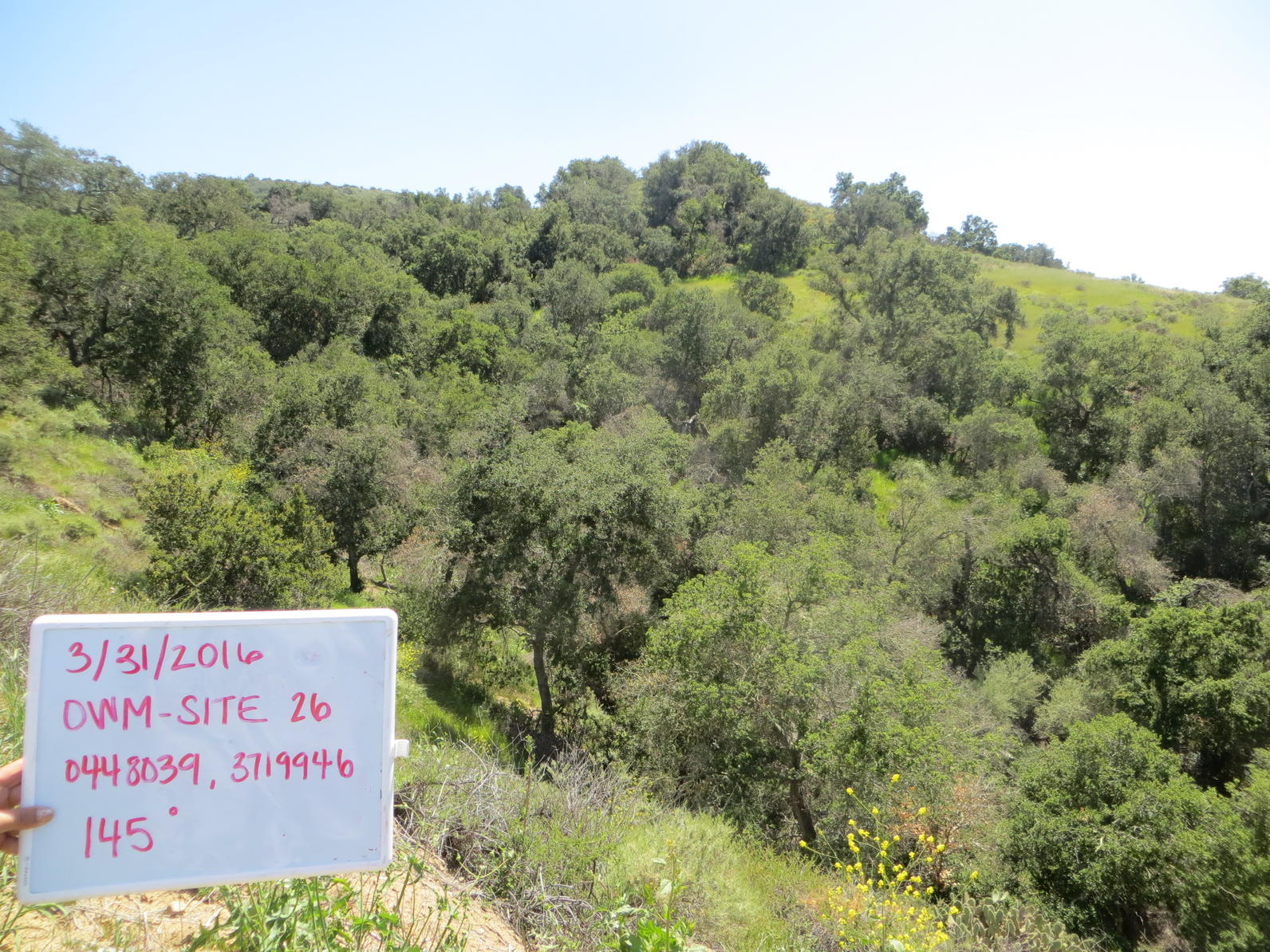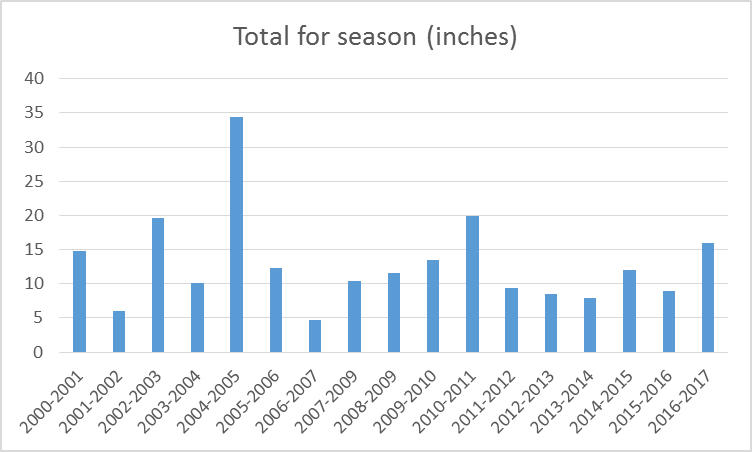
Climate change researchers have predicted extended periods of drought punctuated by brief but intense rainfall events. This certainly has been the case in many areas of California. After five seasons of drought in both northern and southern California, the 2016-2017 season has brought flooding rains.
At the Audubon Starr Ranch in Orange County, flooding rains have washed out long stretches of our 20 miles of dirt roads, making access to bird monitoring and restoration work sites a challenge. The Ranch manager rented a bulldozer that we used to fix and sometimes reconstruct roads so that staff and volunteers could access more remote areas on the Ranch. The field crew, which does nonchemical weed control and restoration in the uplands, have had to hike to sites since their vehicle is currently mired in mud until roads dry out.
During one recent period of intense rainfall, the waters of Bell Creek rose so high that the research director evacuated seasonal staff of eight who live in the historic Ranch buildings. This wasn’t because they were in personal danger, but rather because access to the ranch was expected to be closed off due to impassable roads. Those who chose to remain packed in plenty of groceries and other supplies before the rising streams closed the road.
Over the past five seasons, Southern California has experienced an extended period of drought. At Starr Ranch we’ve mournfully observed high numbers of dead and dying oak trees all over the Ranch, which a U.S. Forest Service scientist judged related to the drought. Long term bird banding data collected during breeding seasons from 1999 to 2016 indicate a steady decline in numbers of species captured since 2013, the second season of drought. Volunteer banders reported absence of species they’ve had at the banding station since 1999, including Lazuli Bunting, Hooded Oriole, and Warbling Vireo, among others.
Volunteers also help us monitor effects of climate change year round by observing behavior and reproduction of birds, butterflies, and plants. So far we’ve detected no shifts in birds or butterflies but the dominant species of the globally endangered coastal sage scrub, California sagebrush, has shown erratic flowering with flowers appearing six months before expected then reappearing as expected in the fall.
Rainfall totals back to the 2000-01 season in the table below. To date this season we’ve had over 16 inches of rain (our average rainfall in the coastal SoCal counties is 15 inches). Semiarid regions like Southern California are known to have highly variable annual rainfall.

Sandy DeSimone is director of research and education at the Audubon Starr Ranch Sanctuary.
By Sandy DeSimone
Monthly Giving
Our monthly giving program offers the peace of mind that you’re doing your part every day.




